|
Quality full-length video games in virtual reality still are in short supply. Ports such as Skyrim VR are good, and I personally love playing that version, but they can suffer in the transition. So full-length games designed from the ground-up for VR are relatively rare but can take advantage of the medium, including PlayStation VR titles like Farpoint, Moss, Electronauts and Astro Bot Rescue Mission. Role-playing games in this medium are even more unusual so raise expectations for a fantasy action-adventure experience in virtual reality. inXile Entertainment's The Mage's Tale, which debuted on Oculus Rift for PC, recently released on the PSVR and promises an entertaining dungeon-crawl. After more than four hours (the story mode reportedly clocks in at 10+ hours), it definitely satisfies so far, though with caveats. It's worth noting that the game takes place in The Bard's Tale world, and shares in the humor that the RPG series is renowned for. While the limited story (you're a mage's apprentice in search of your kidnapped mentor) serves to setup the action, it also lays the foundation for effective sarcasm, ridicule and ribbing via the mage's assistant who's forced to shepherd you through dungeons and the basics of being a mage. The tutorial takes place on the fly, and so introduces controls in a relatively organic way. The PlayStation Move controllers have not been the most intuitive means of controlling the action in VR games, though some developers have more success than others. inXile has done a decent job with The Mage's Tale, though controller configuration is somewhat undermined at times by inconsistent targeting and collision detection. The primary action of grip/release or spell conjuring/casting is accomplished with the trigger button on each controller. If I remember, the top left face button on the left-hand controller (top right on the right-hand) selects the spell, though only one hand can wield a destruction spell, if you will, at a time; the top right face button on the left-hand controller (top left on the right-hand) creates a shield spell, which can combine for a larger shield. Movement is responsive and works reasonably well, but gripping/releasing objects can be problematic when they're embedded in the environment. For instance, menus rely on players drinking potions to initiate an action, an interesting design choice that can add to immersion. But the large menus can clip dungeon walls or objects, making potion retrieval literally hit or miss (see bottom video). This was also an issue with loot tossed from crates I broke open. Conjuring/casting spells likewise is mostly effective. Targeting, as in the game The Persistence, uses tracking that involves head/visor movements. I played with the reticule turned off, so it might help to have it on, though I found it intrusive. The majority of the time I hit my targets, though some spells went astray, even with "seeking" enabled. Despite shortcomings, spell conjuring/casting is fairly intuitive and reliable. Spells, as you can imagine, are at the heart of The Mage's Tale and are well implemented into both combat and puzzle solving. But it begins with a crafting process that's about as simple as can be. Found objects become available at a crafting bench as ingredients that can be added to a cauldron. Large liquid containers represent fireballs, lightning bolts, ice javelins and wind, for instance; smaller ones correspond to colors, movement and enhancements, etc. Mages can have four destruction spells in their inventory, such as enhanced red fireballs that bounce, seek their targets or can be guided; or an enhanced green wind spell that gusts with extra force. Switching between them is relatively easy though doesn't stop combat. I typically throw or push fireballs/javelins, though not sure that motion is necessary (it isn't with bolts/wind). Action can be frenetic so movement is important. Locomotion options range from teleportation to snap turns to smooth forward/back/turns and combinations thereof. I always prefer smooth forward/back and snap turns, and they (as well as teleportation) work well. To the extent moving, attacking and defending at the same time can be a problem, it's more a function of Move controller design, button placement, etc., as Skyrim VR and this title fare better with feet planted, though the simpler combat benefits The Mage's Tale. Combat in general performs well in spite of the occasional targeting issue or glitch. Those issues are balanced by AI that, early on at least, tends to attack from set positions whether ranged or melee opponents. Goblins will advance within range then stop to attack or defend if holding a shield (though suicide goblins won't stop), moving from the line of fire infrequently. Archers are most vulnerable, though shields offer only limited protection against fireballs or bolts. It takes casting several spells to kill one opponent (except for suicide goblins, whose explosives detonate), so combat is made more tense by sheer number of opponents, who spawn until you've killed whatever the set number of enemies is for that area. Reportedly, each of 10 dungeons includes a boss fight. Unfortunately, my battle with a giant glitched (see below video), allowing me to win handily but robbing the encounter of suspense or entertainment. Once you've cleared the area of enemies, then you can explore or solve a puzzle. Puzzles thankfully integrate one's spells, for instance (SPOILER) requiring fireballs to ignite objects, ice javelins to freeze water, bolts to energize targets, or wind to break barriers. Sometimes players will need to use runes to solve a puzzle. And some puzzles provide hints in the form of talking walls that present related riddles. Regrettably, glitches also can interfere with puzzles. I wasted time in one room (SPOILER) due to a glitch that allowed me to conjure fire when I wasn't supposed to be able to conjure anything (rooms with a blue effect typically impede such abilities). I was able to light all but one station repeatedly, however inconsistently, until my frustration sent me online to learn I should have been using a torch all along. Collision detection also rears its head with puzzles, such as when needing to rotate large stone wheels to align runes. Players have to stand close to turn them, but standing that close also means that they stop or change direction when you withdraw your hand for another spin. It should be noted that in my four hours thus far, such issues were neither game breaking nor necessarily common. The Mage's Tale benefits from a good presentation that helps tie all the elements together. Inspired fantasy settings, fluid animation, detailed and believable particle effects for spells, strong voice acting, humorous dialog, thoughtful riddles and puzzles, and a beautiful Gaelic-inspired score with appropriately tense combat music, all combine for a solid package. It reminds me of Skyrim VR, if a little less polished. Technical issues such as targeting, collision detection and glitches (see another video below) do annoy, but thankfully not enough to dampen my enjoyment much thus far. inXile follows through on a strong concept for a fully interactive virtual reality dungeon crawl that also uses spells for the majority of gameplay including puzzle solving and combat (see more videos below). It thus far succeeds, despite its flaws, to create a fun, immersive RPG. (Note my impressions are based on a review copy.)
0 Comments
Your comment will be posted after it is approved.
Leave a Reply. |
Author(SEE "ABOUT" PAGE FOR LINKS TO SPECIFIC ARTICLES.) Archives
April 2024
Categories |

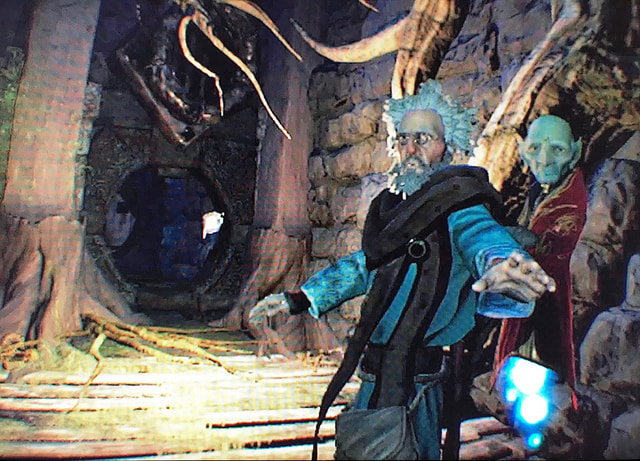
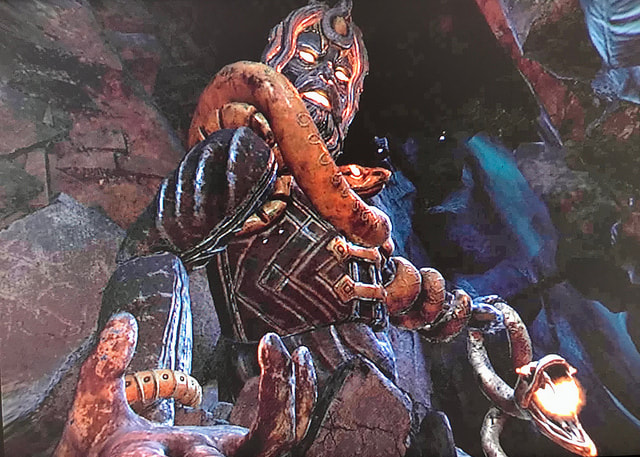
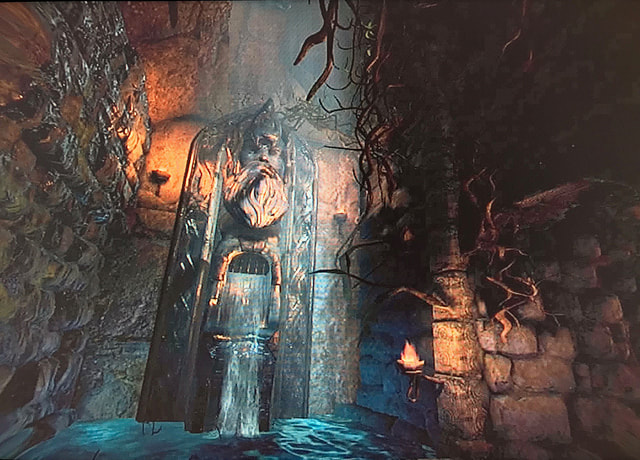
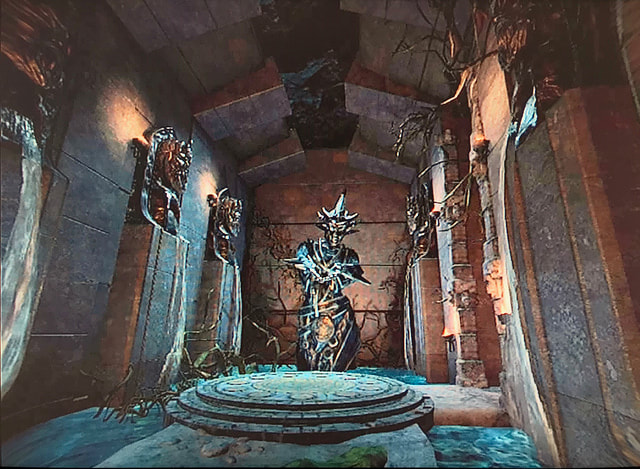
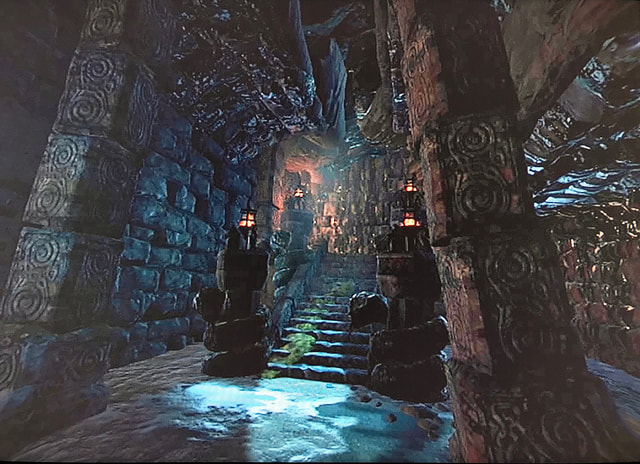
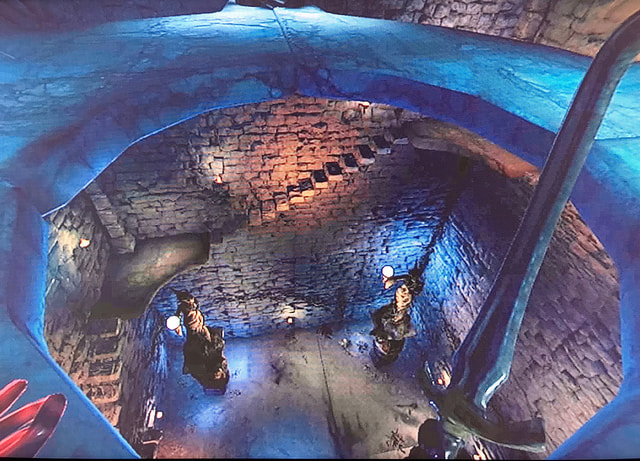
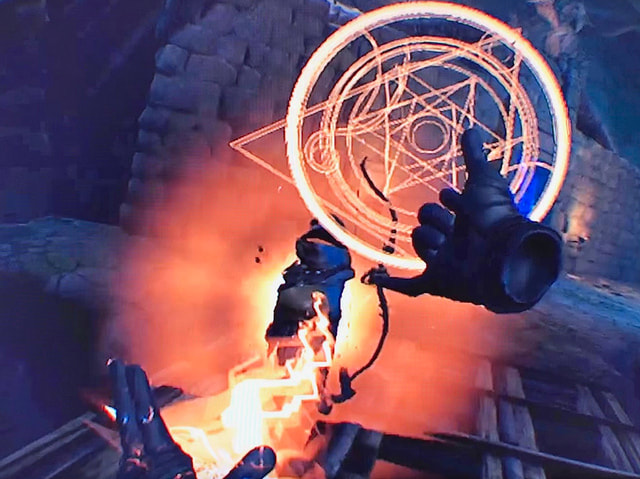
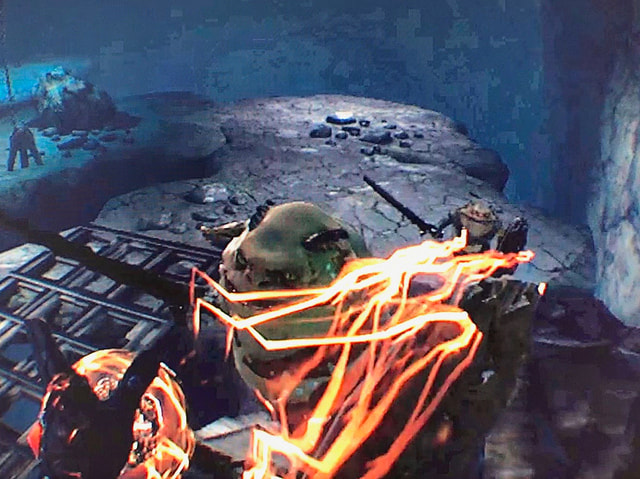
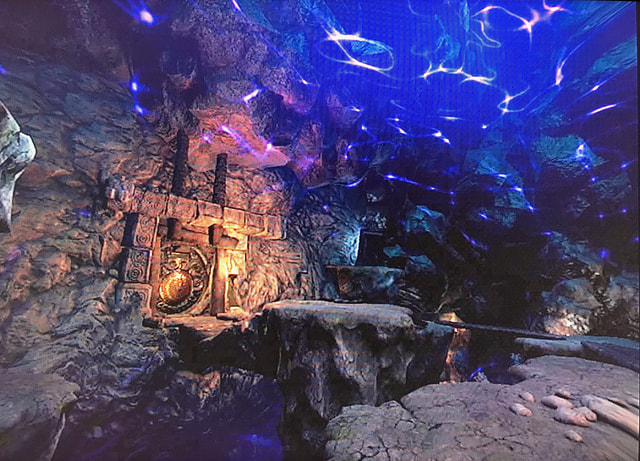
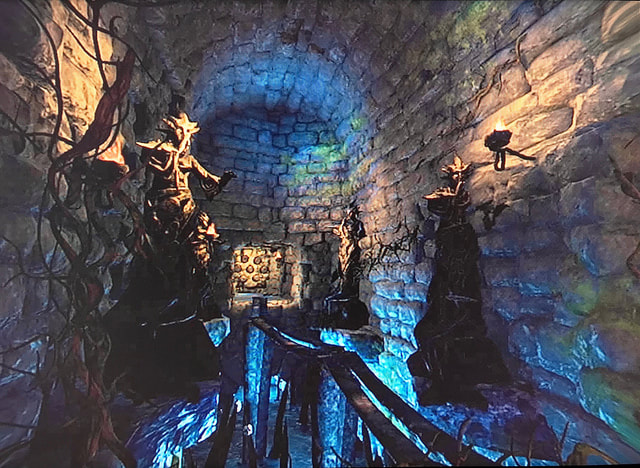
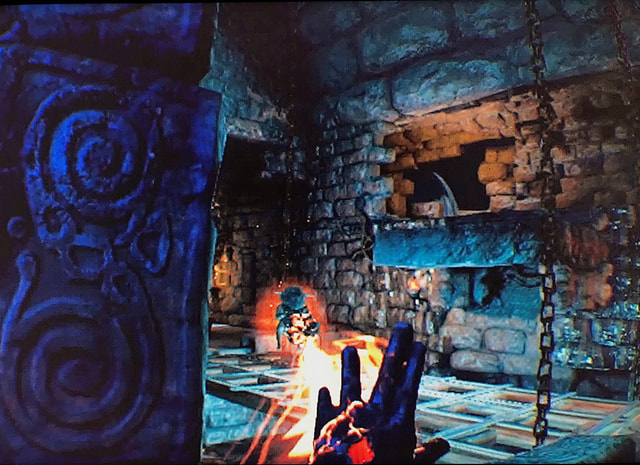
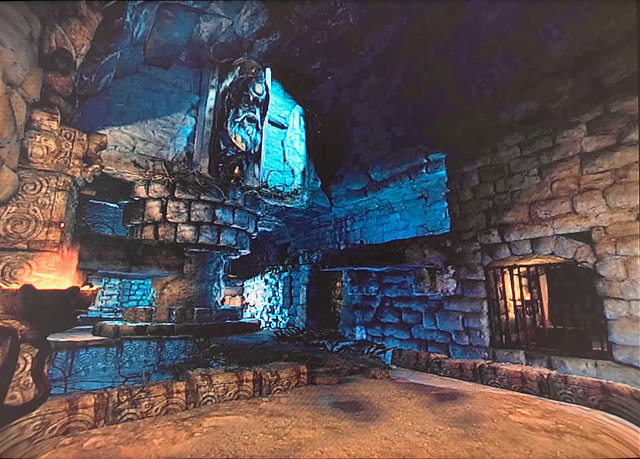
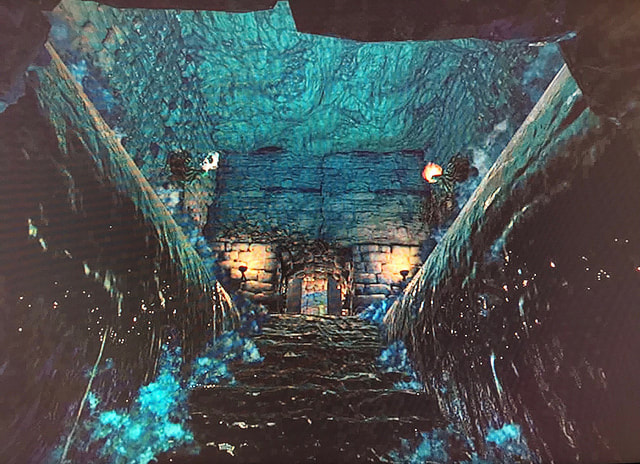
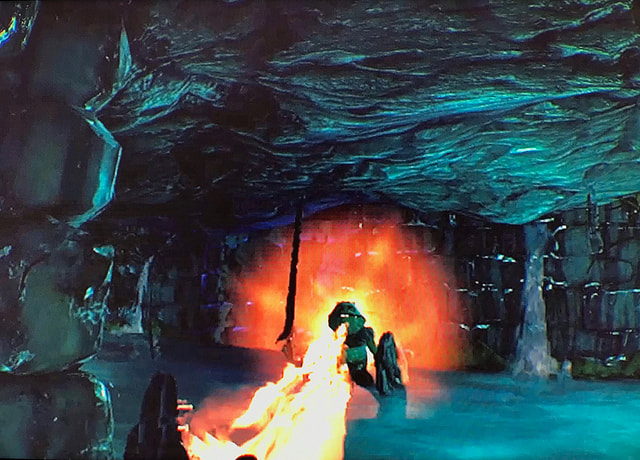
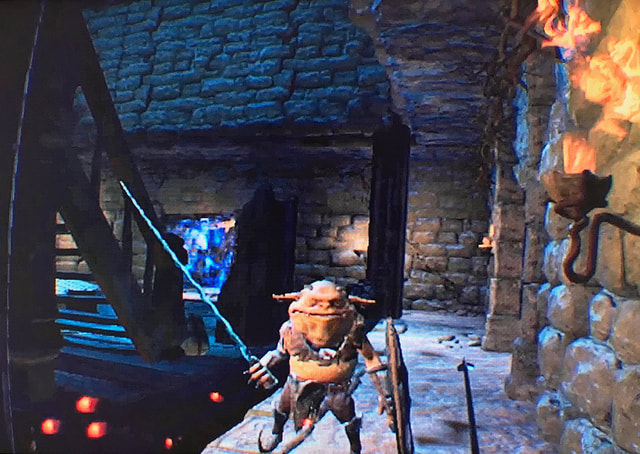
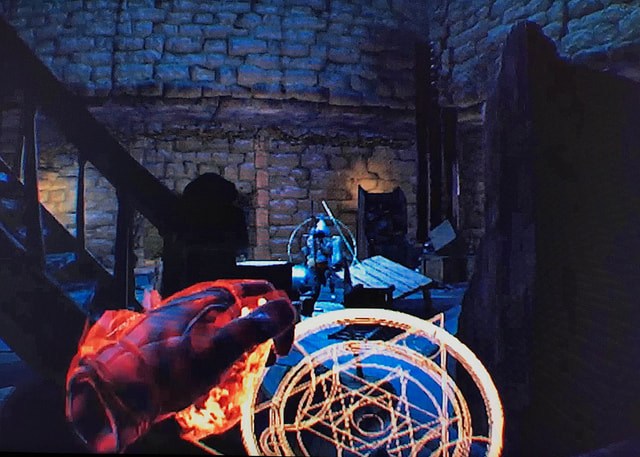
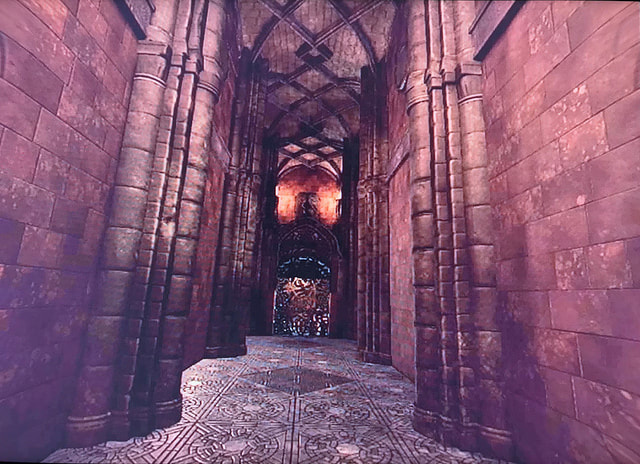
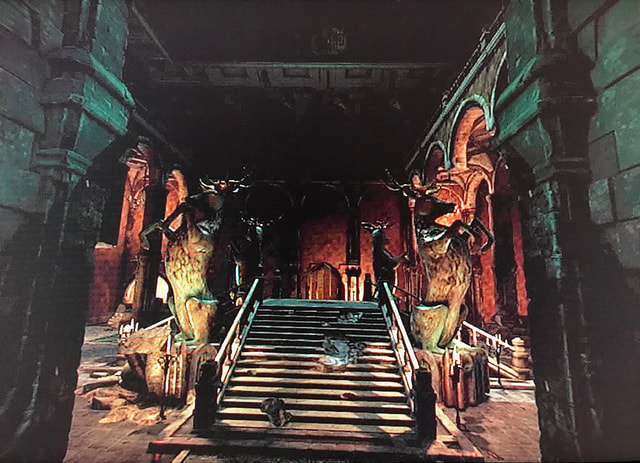
 RSS Feed
RSS Feed